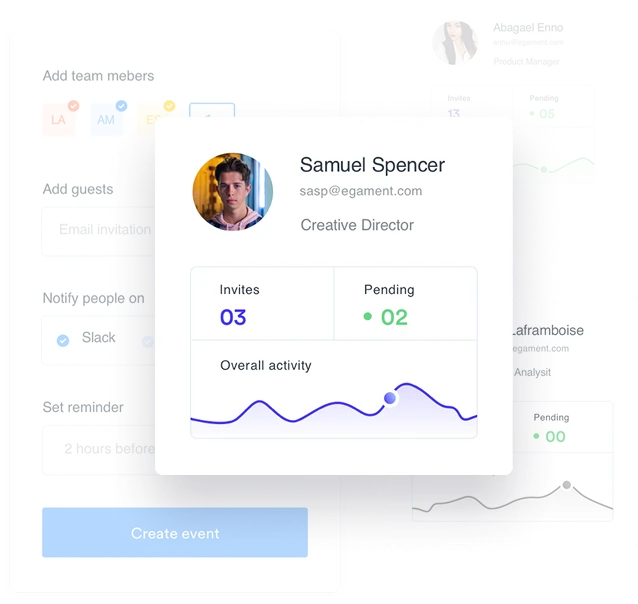“Colleges lose nearly 10% of admitted students due to inefficient onboarding and unclear communication.” – National Center for Education Statistics (NCES)
At a mid-sized university in Southeast Asia, the admis
sions team was celebrating another year of full applications—until enrollment day arrived. Despite receiving over 3,000 admission confirmations, nearly 300 students never showed up.
When the team investigated, the hidden gaps throughout the admissions process were found, including: lost communication, lack of clarity in steps, and some simply felt “lost in the system.”
It’s a pattern we’ve seen across campuses worldwide.
In a competitive education landscape where every admission matters, institutions are waking up to a painful reality: it’s not enough to attract students—you have to efficiently guide them from application to enrollment.
This is where a Student Information System (SIS) proves its real worth. Today’s blog is set to unfold how a Student Information System ensures a streamlined and error-free admissions process.
Hold our hand and walk with us through this blog till the end!
A Student Information System is an integrated digital platform that centralizes all student-related data and workflows—from inquiries and admissions to attendance, grading, and graduation. It serves as the institutional backbone, especially during the crucial admission season.
But how exactly does it streamline admissions and reduce student drop-offs?
Let’s break it down.
Processing a single admission application involves error-free execution of numerous tasks, including setting up a proper enquiry form, collecting the documents needed, offering a robust payment gateway to collect payments, generating and delivering offer letters to the selected students, etc.
Now, performing all these processes for hundreds—or even thousands—of applications is time-consuming and error-prone. SIS automates and standardizes the entire admission process:
For instance, with Academia SIS, institutions can configure multi-stage admission workflows, customized for different programs and levels. This means no more chasing spreadsheets or missing documents.
Learn more about Academia’s Admission Management Module here:
https://www.academiaerp.com/modules/admission-management-solution/
One of the biggest reasons students drop off after applying is a lack of follow-up.
A Student Information System enables timely and personalized communication through:
This continuous engagement reassures applicants and keeps them informed. More importantly, it reflects the institution’s commitment to a student-first experience.
Manual data entry and admissions don’t go well together. When administrative teams rely on paper forms, spreadsheets, or disconnected systems to manage applications, the process becomes slow, error-prone, and frustrating for everyone involved.
Delays and mistakes can cost you potential students. With SIS:
In short, the system speeds up processing without compromising accuracy.
Today’s students expect the same seamless experience they get from apps like Amazon or Netflix. Generic emails and long waits turn them off.
A SIS offers dedicated applicant portals where candidates can:
This sense of ownership and visibility helps reduce uncertainty, one of the biggest drivers of student drop-off.
Beyond processing admissions, an SIS provides analytics and reports that help you improve strategies over time:
By using these insights, institutions can continuously optimize admission campaigns, resource allocation, and engagement tactics.
UNESCO report on data-driven decision-making in education
Admissions aren’t just about application forms—they’re also the start of your financial workflows. A Student Information System offers a robust fee management module that:
This integration ensures transparency for students and better forecasting for institutions.
Today, institutions are not just competing to attract students, but to retain them from day one.
A powerful Student Information System like Academia ERP doesn’t just digitize your admission process—it transforms it into a student-centric, error-free, and insight-rich experience.
Whether you’re a university in Malaysia handling tens of thousands of applicants or a private college in Dubai looking to automate basic workflows, an SIS can be the difference between missed opportunities and long-term success.
Book a free demo with our experts to see how Academia SIS can help you reduce drop-offs and create a seamless onboarding experience.
A Student Information System streamlines processes, provides real-time data analysis, and improves communication between students, teachers, and parents, enhancing overall student support and engagement.
Yes, by facilitating easier access to important information, monitoring student progress, and identifying at-risk students early on, a Student Information System can significantly improve student retention rates.
Effective communication is key in reducing drop-offs as it allows for timely interventions, personalized support, and continuous engagement with students and their families through the Student Information System.
By centralizing student information, automating data entry processes, and ensuring data integrity, a Student Information System eliminates errors and ensures that accurate information is readily available for decision-making.
A Student Information System enables educators to track student performance, provide personalized interventions, and adapt teaching strategies to meet individual student needs, ultimately leading to improved academic success and reduced drop-offs.

Experience Academia – Your partner in transforming campus operations, a trusted all-in-one ERP/SIS solution.
Get the latest insights, trends, and updates delivered straight to your inbox!
